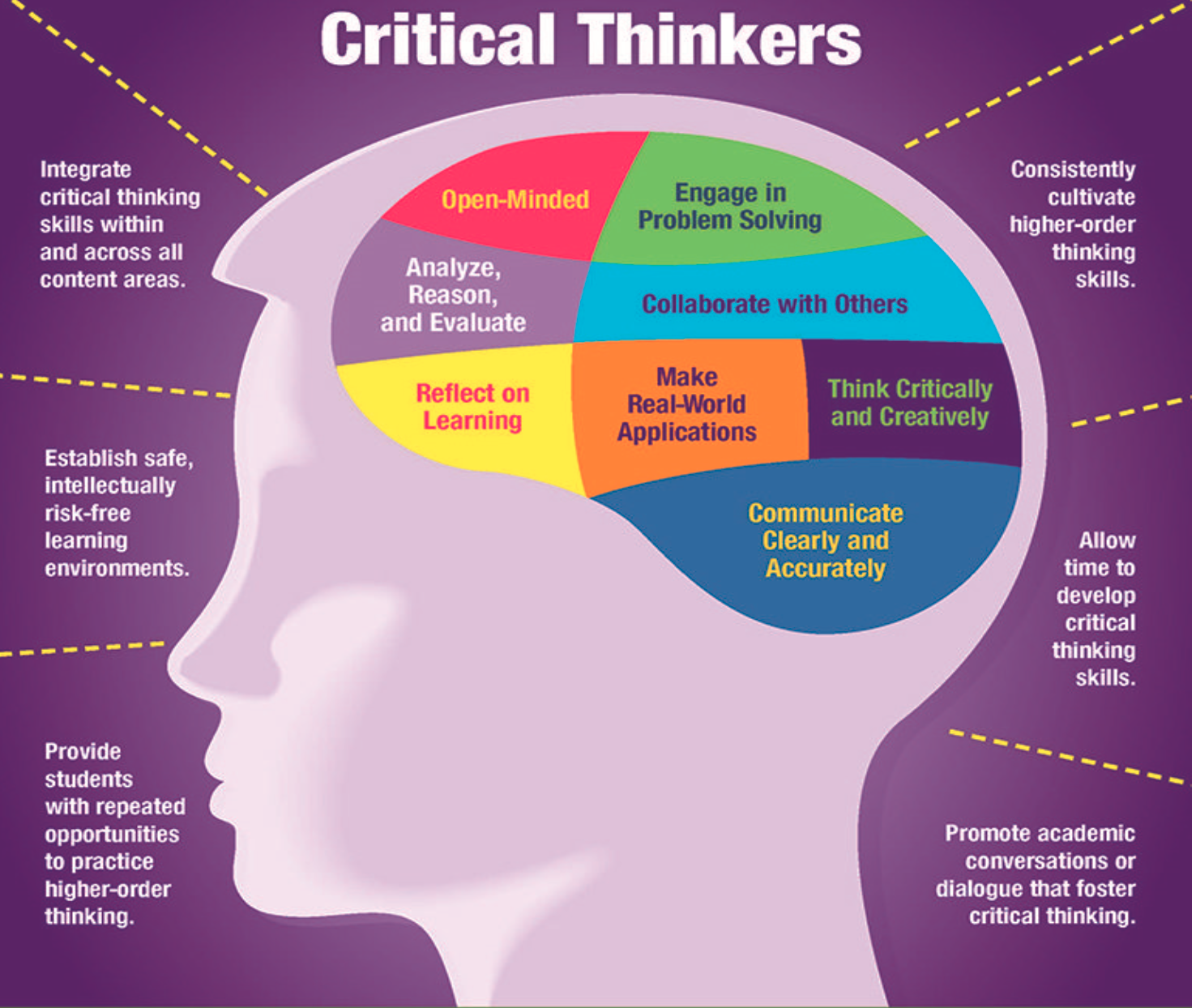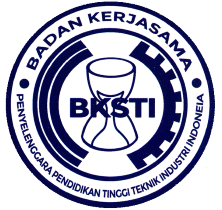Adapting History Education for the 21st Century: Integrating Technology and Critical Thinking Skills
DOI:
https://doi.org/10.12928/spekta.v4i2.8572Keywords:
History education, 21st century, Technology integration, Critical thinking skillsAbstract
Background: In the 21st century, the field of education is undergoing significant transformations due to advancements in technology and the growing emphasis on critical thinking skills. Adapting history education to meet the needs of this digital era requires integrating technology into instructional practices while fostering critical thinking abilities.This approach allows students to engage with primary sources, explore diverse perspectives, and develop the analytical skills necessary for understanding and interpreting complex historical events.
Contribution: The integration of technology and critical thinking skills in history education contributes to a more dynamic and engaging learning experience for students in the 21st century. It empowers students to access primary sources, analyze multiple perspectives, and develop the essential skills needed for critical analysis and interpretation of historical events.
Method: The synthesis method is a comprehensive approach to analyzing and integrating research findings on adapting history education for the 21st century through the integration of technology and critical thinking skills. By systematically reviewing and synthesizing relevant studies, it allows for the identification of common themes, trends, and gaps in the literature, providing a cohesive and nuanced understanding of the topic and informing best practices for educators in this field..
Results: The results of integrating technology and critical thinking skills in history education show improved student engagement, motivation, and understanding of historical concepts. Students also develop enhanced critical thinking abilities, such as analyzing evidence, evaluating sources, and constructing well-reasoned arguments, which prepare them for active participation in the complexities of the 21st century
References
N. J. Alsaleh, “Teaching Critical Thinking Skills: Literature Review,” Turkish Online Journal of Educational Technology-TOJET, vol. 19, no. 1, pp. 21-39, 2020, https://eric.ed.gov/?id=EJ1239945.
T. M. Kelly, “Teaching history in the digital age,” University of Michigan Press, 2013, https://library.oapen.org/bitstream/handle/20.500.12657/24021/1006112.pdf?sequence=1.
W. L. Wu, Y. Hsu, Q. F. Yang, J. J. Chen, and M. S. Y. Jong, “Effects of the self-regulated strategy within the context of spherical video-based virtual reality on students’ learning performances in an art history class,” Interactive Learning Environments, vol. 31, no. 4, pp. 2244-2267, 2023, https://doi.org/10.1080/10494820.2021.1878231.
L. Schrum, and B. B. Levin, “Leading 21st-century schools: Harnessing technology for engagement and achievement,” Corwin Press, 2009, https://cir.nii.ac.jp/crid/1130282273189591552.
S. Manca, “Bridging cultural studies and learning science: An investigation of social media use for Holocaust memory and education in the digital age,” Review of Education, Pedagogy, and Cultural Studies, vol. 43, no. 3, pp. 226-253, 2021, https://doi.org/10.1080/10714413.2020.1862582.
Y. T. Chuang, “Increasing learning motivation and student engagement through the technology-supported learning environment,” Creative Education, vol. 5, no. 23, pp. 1969-1978, 2014, http://dx.doi.org/10.4236/ce.2014.523221.
A. Reisman, “Reading like a historian: A document-based history curriculum intervention in urban high schools,” Cognition and instruction, vol. 30, no. 1, pp. 86-112, 2012, https://doi.org/10.1080/07370008.2011.634081.
D. Petousi, A, Katifori, K. Servi, M. Roussou, and Y. Ioannidis, “History education done different: A collaborative interactive digital storytelling approach for remote learners,” Frontiers in Education, vol. 7, p. 942834, 2022, https://doi.org/10.3389/feduc.2022.942834.
C. Walkington, and M. L. Bernacki, “Appraising research on personalized learning: Definitions, theoretical alignment, advancements, and future directions,” Journal of Research on Technology in Education, vol. 52, no. 3, pp. 235-252, 2020, https://doi.org/10.1080/15391523.2020.1747757.
K. F. Hew and T. Brush, "Integrating technology into K-12 social studies education: A meta-analysis," Educational Technology Research and Development, vol. 55, no. 3, pp. 197-227, 2007, https://doi.org/10.1007/s11423-006-9022-5.
W. McKenzie, “General Intellects: Twenty-One Thinkers for the 21st Century,” Verso Books, 2017, https://journals.openedition.org/critiquedart/26264.
E. R. Eslit, "21st Century Teaching: Updates, Challenges, and Best Practices," St. Michael’s Coll., Iligan City, Philippines, 2023, doi: 10.13140/RG.2.2.21864.65284.
S. Ramaila and A. J. Molwele, "The Role of Technology Integration in the Development of 21st Century Skills and Competencies in Life Sciences Teaching and Learning," International Journal of Higher Education, vol. 11, no. 5, 2022, https://doi.org/10.5430/ijhe.v11n5p9.
L. Yu and Z. M. Zin, "The critical thinking-oriented adaptations of problem-based learning models: a systematic review," Frontiers in Education, vol. 8, p. 1139987, 2023, https://doi.org/10.3389/feduc.2023.1139987.
L. Weisberg, and K. Dawson, "The Intersection of Equity Pedagogy and Technology Integration in Preservice Teacher Education: A Scoping Review," Journal of Teacher Education, vol. 74, no. 4, pp. 327-342, 2023, https://doi.org/10.1177/00224871231182129.
R. Swart, “Purposeful use of technology to support critical thinking,” JOJ Nursing & Health Care, vol. 4, no. 1, pp. 1-9, 2017, https://doi.org/10.19080/JOJNHC.2017.04.555626.
S. Tirado-Olivares, R. Cózar-Gutiérrez, C. López-Fernández, and J. A. González-Calero, "Training future primary teachers in historical thinking through error-based learning and learning analytics," Humanities and Social Sciences Communications, vol. 10, no. 44, 2023, https://doi.org/10.1057/s41599-023-01537-w.
S. F. Farizi, N. Umamah, and R. A. Surya, “Schoology effectivity as history learning environment during industrial revolution 4.0 era,” IOP Conference Series: Earth and Environmental Science, vol. 747, no. 1, p. 012058, 2021, https://doi.org/10.1088/1755-1315/747/1/012058.
S. Tirado-Olivares, M. Navío-Inglés, P. O’Connor-Jiménez, and R. Cózar-Gutiérrez, "From Human to Machine: Investigating the Effectiveness of the Conversational AI ChatGPT in Historical Thinking," Education Sciences, vol. 13, no. 8, p. 803, 2023, https://doi.org/10.3390/educsci13080803.
J. Parong, and R. E. Mayer, “Learning about history in immersive virtual reality: does immersion facilitate learning?,” Educational Technology Research and Development, vol. 69, no. 3, pp. 1433-1451, 2021, https://doi.org/10.1007/s11423-021-09999-y.
T. Brush, K. Glazewski, and K. F. Hew, "Development of an instrument to measure preservice teachers' technology skills, technology beliefs, and technology barriers," Computers in the Schools, vol. 24, no. 3-4, pp. 79-88, 2008, https://doi.org/10.1080/07380560802157972.
A. Haleem, M. Javaid, M. A. Qadri, R. Suman, "Understanding the role of digital technologies in education: A review," Sustainable Operations and Computers, vol. 3, no. 1, pp. 275-285, 2022, https://doi.org/10.1016/j.susoc.2022.05.004.
M. Hajdarović, "The role and influence of the internet in history education," Euroclio: Critical History Study Guide, pp. 145-185, 2023, Available: https://www.researchgate.net/publication/372391332_The_role_and_influence_of_the_internet_in_history_education
P. Sahlberg, “Finnish lessons 3.0: What can the world learn from educational change in Finland?,” Teachers College Press, 2021, https://eric.ed.gov/?id=ED609968
M. Korona and A. Hutchison, "Integrating Media Literacy Across the Content Areas," Reading Research Quarterly, vol. 58, no. 4, pp. 601-623, 2023, https://doi.org/10.1002/rrq.517.

Downloads
Published
How to Cite
Issue
Section
License
Copyright (c) 2023 Bih Ni Lee

This work is licensed under a Creative Commons Attribution-ShareAlike 4.0 International License.
Authors who publish with SPEKTA (Jurnal Pengabdian Kepada Masyarakat: Teknologi dan Aplikasi) agree to the following terms:
- Authors retain copyright and grant the journal the right of first publication with the work simultaneously licensed under a Creative Commons Attribution License (CC BY-SA 4.0) that allows others to share the work with an acknowledgment of the work's authorship and initial publication in this journal.
- Authors are able to enter into separate, additional contractual arrangements for the non-exclusive distribution of the journal's published version of the work (e.g., post it to an institutional repository or publish it in a book), with an acknowledgment of its initial publication in this journal.
- Authors are permitted and encouraged to post their work online (e.g., in institutional repositories or on their website) prior to and during the submission process, as it can lead to productive exchanges, as well as earlier and greater citation of published work.

This work is licensed under a Creative Commons Attribution-ShareAlike 4.0 International License.












